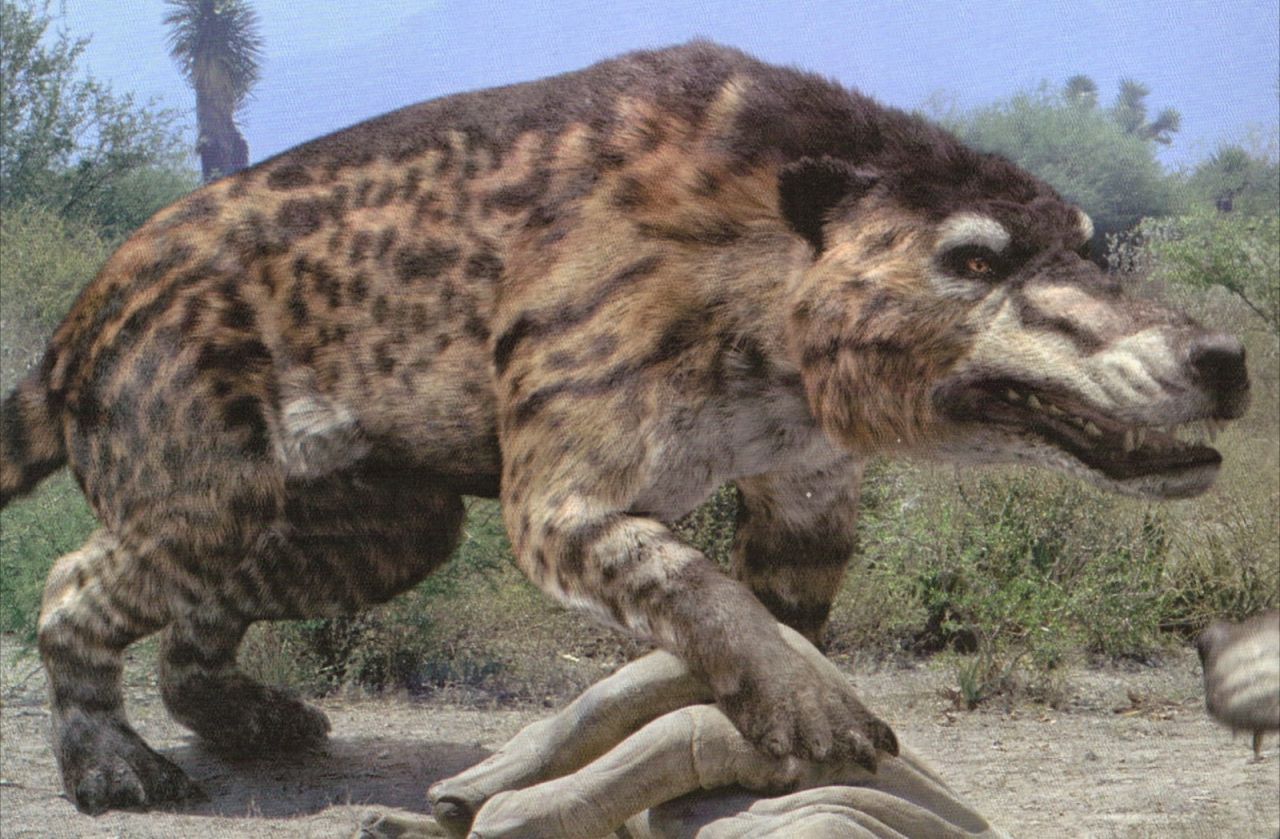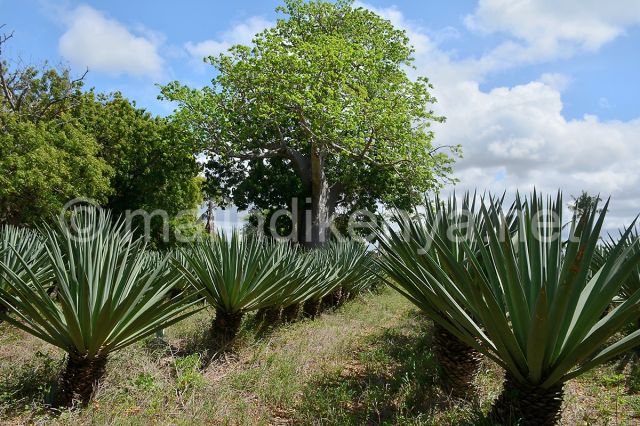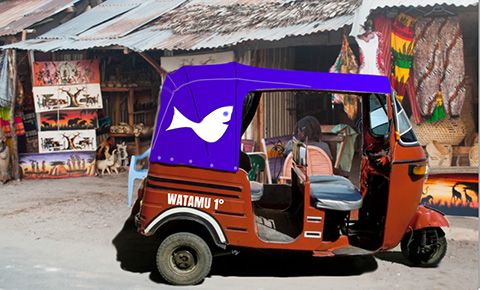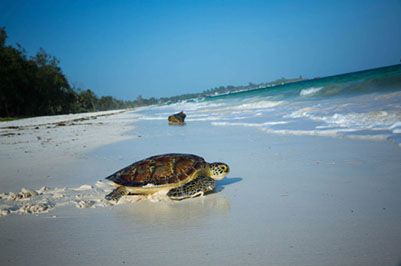
DISCOVERIES
11-02-2021 di redazione

They called it 'Simbakubwa', the big lion in Kiswahili, but in fact the huge carnivorous mammal that lived on earth 22 million years ago and whose remains were found in Kenya, is in fact the oldest specimen of a group of extinct mammals known as 'hyaenodonts'.
Its fossilized bones were found six years ago in a cave at the Nairobi National Museum by American palaeontologist Mattew Borths, who was doing research on hyaenodonts. The remains, which included much of the animal's jawbone, as well as fragments of its skeleton, skull and teeth, were labelled simply 'hyenas'. The fossils were found in 1978 at Meswa Bridge in western Kenya.
This is how extensive studies of Simbakubwa's remains, funded by the University of Buffalo, began.
The study was published some time ago in the Journal of Vertebrate Paleontology and helps to clarify some aspects of the evolution of this group of enormous carnivores, which were located almost at the top of the food chain in the same African ecosystems, as well as the reasons for the disappearance of these huge carnivores similar to hyenas in appearance, but to bears in size, but agile and powerful as felines.
"Even before the predecessors of the modern carnivores we know so well - such as lions, hyenas and wolves - evolved, the global predator scene was essentially dominated by hyaenodons," American University expert Jack Tseng told National Geographic, which partly funded the research.
Despite being large and powerful, Simbakubwa still failed to survive and all hyaenodonts went extinct at the end of the Miocene, about five million years ago, probably due to environmental changes.
"Current hypercarnivores, such as lions, hyenas, tigers and wolves, are also among the most endangered mammals that exist, and in part because of their sensitivity to environmental changes," Borths explained to National Geographic. "Because populations of hypercarnivorous animals are relatively small compared to those of other organisms, they suffer the most when the food chain begins to become unbalanced.
PLACES
di redazione

Among the thousands of possibilities to enjoy Nature that Kenya, and particularly its coast, can boast, there is certainly the sea landscape dominated by mangroves.
These plants, which have their roots in soils which feed on water from the Indian...
PRODUCTS
di redazione

Agave is a plant belonging to the Agavaceae family; there are more than 300 species, all native to Central America. The most common and spread species in Kenya is...
APRIL FOOLS JOKE
di Beppe Scione

The news of the film that Spielberg would shoot in Malindi was an April Fool's joke of Malindikenya.net, WAC, and Watamukenya.net Kenyaoggi.
All social sites and pages joined in the joke to say that Watamu is beautiful and safe ... even...
NEWS
di redazione

Kenya was included in the five countries to visit in 2017 for an eco-conscious holiday by two of America's most important industry operators.
G-Adventure and Intrepid Travel have cited Kenya as one of the most interesting and growing countries in...
FOOD IN KENYA
di redazione
